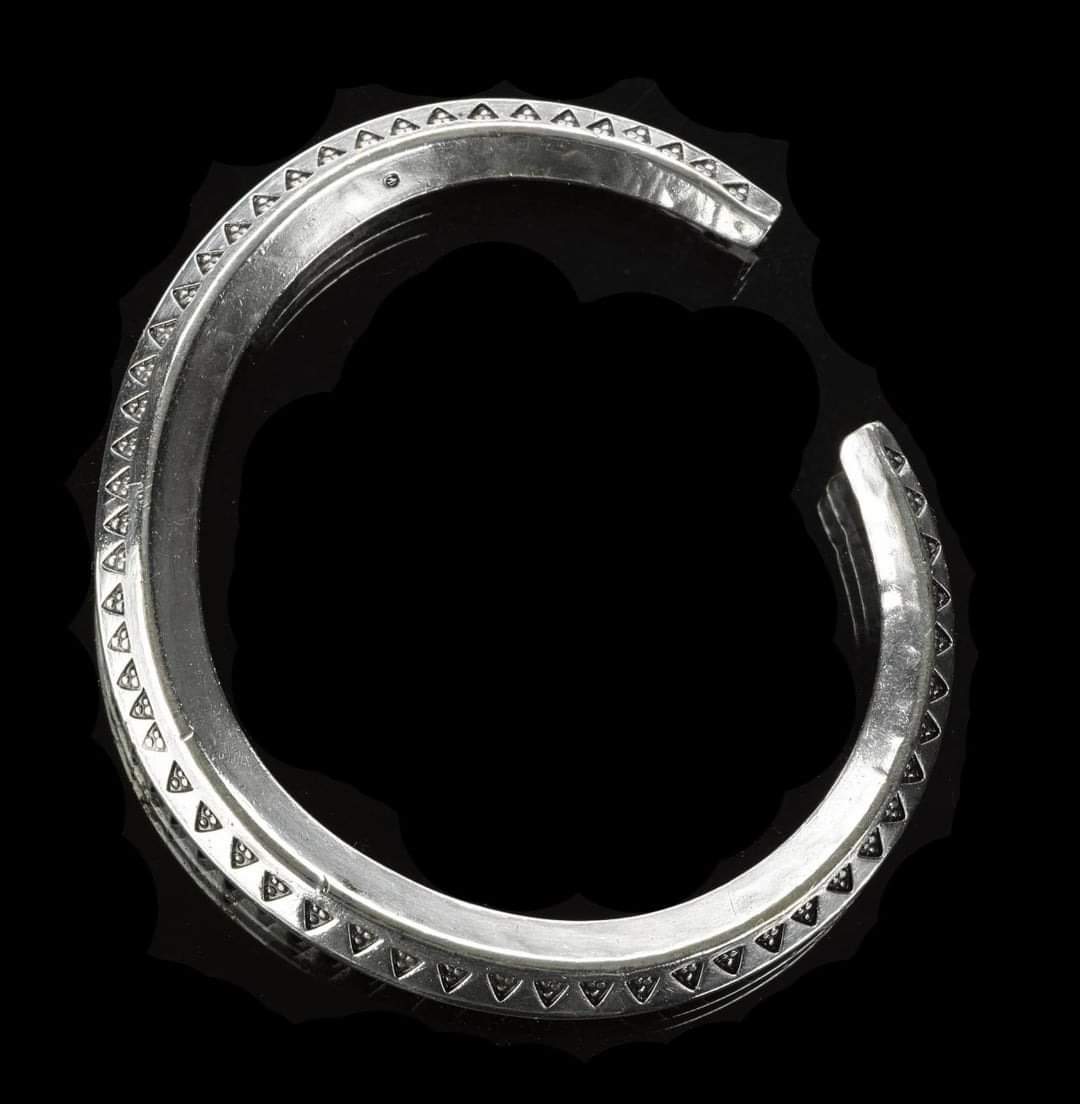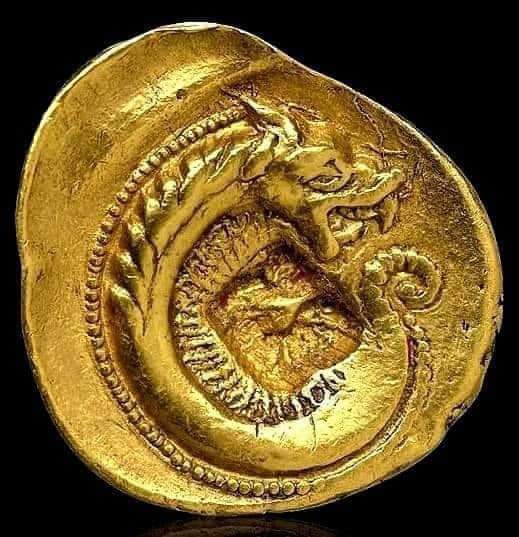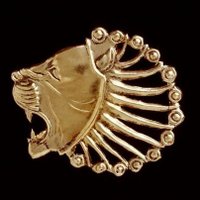
Hephaistion's signature ('Hephaistion made this') on a 2nd Century BC, floor mosaic from the Palace V of the Acropolis at Pergamon, Türkiye.
The tesserae are meant to look like a parchment note held by wax, about to fly away.
#drthehistories
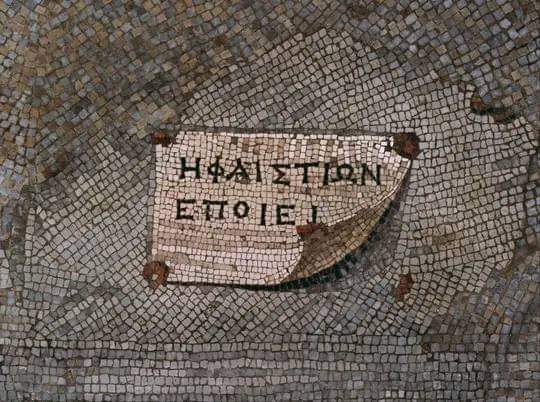

A 12th Century AD, Seljuk Necklace made of Gold and Turquoise (Turquoise) beads from Persia.
MET Museum
#drthehistories
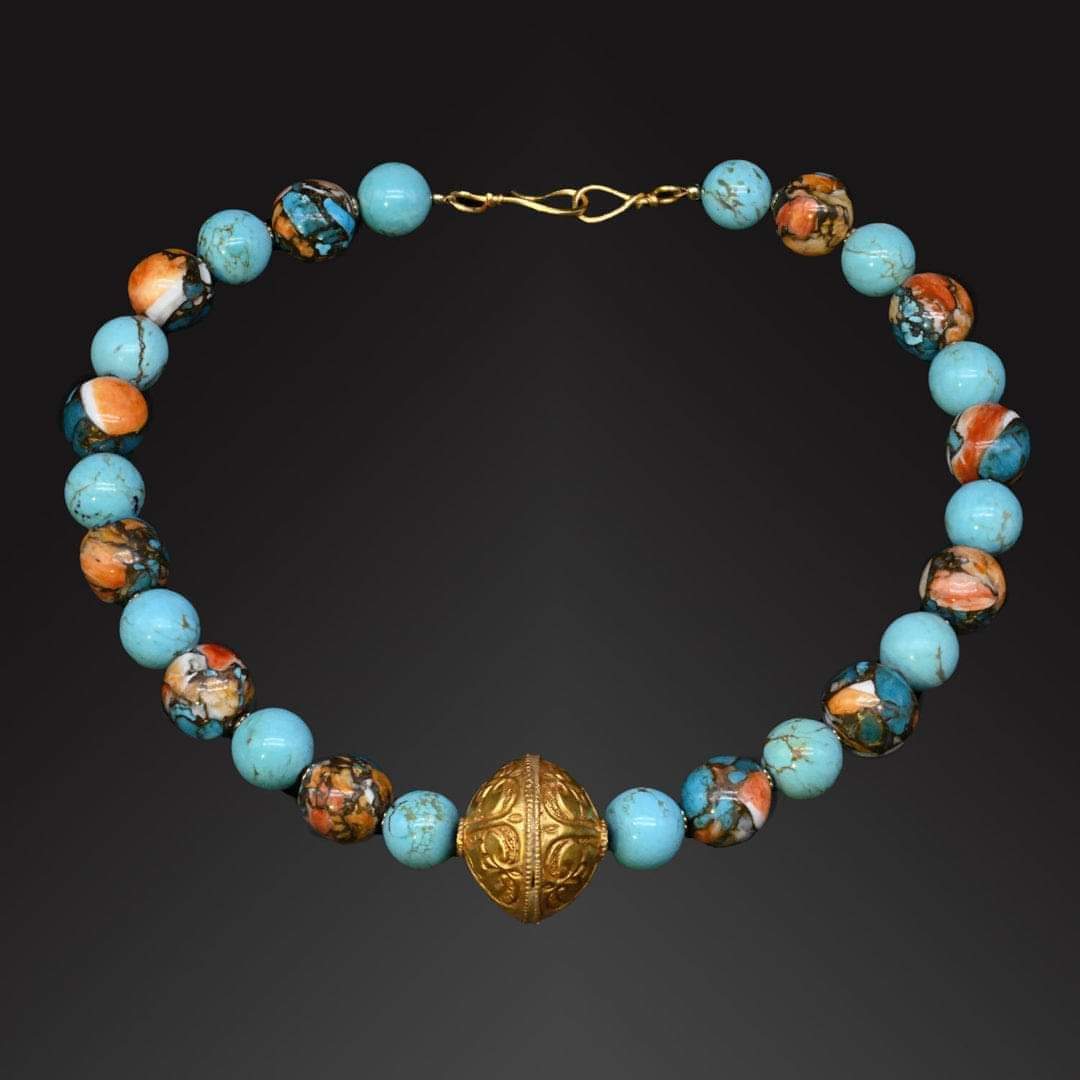

At that time, the World Expo was really a benchmark for human development, and all cutting-edge products for human clothing, housing, and transportation would be on display.
#drthehistories
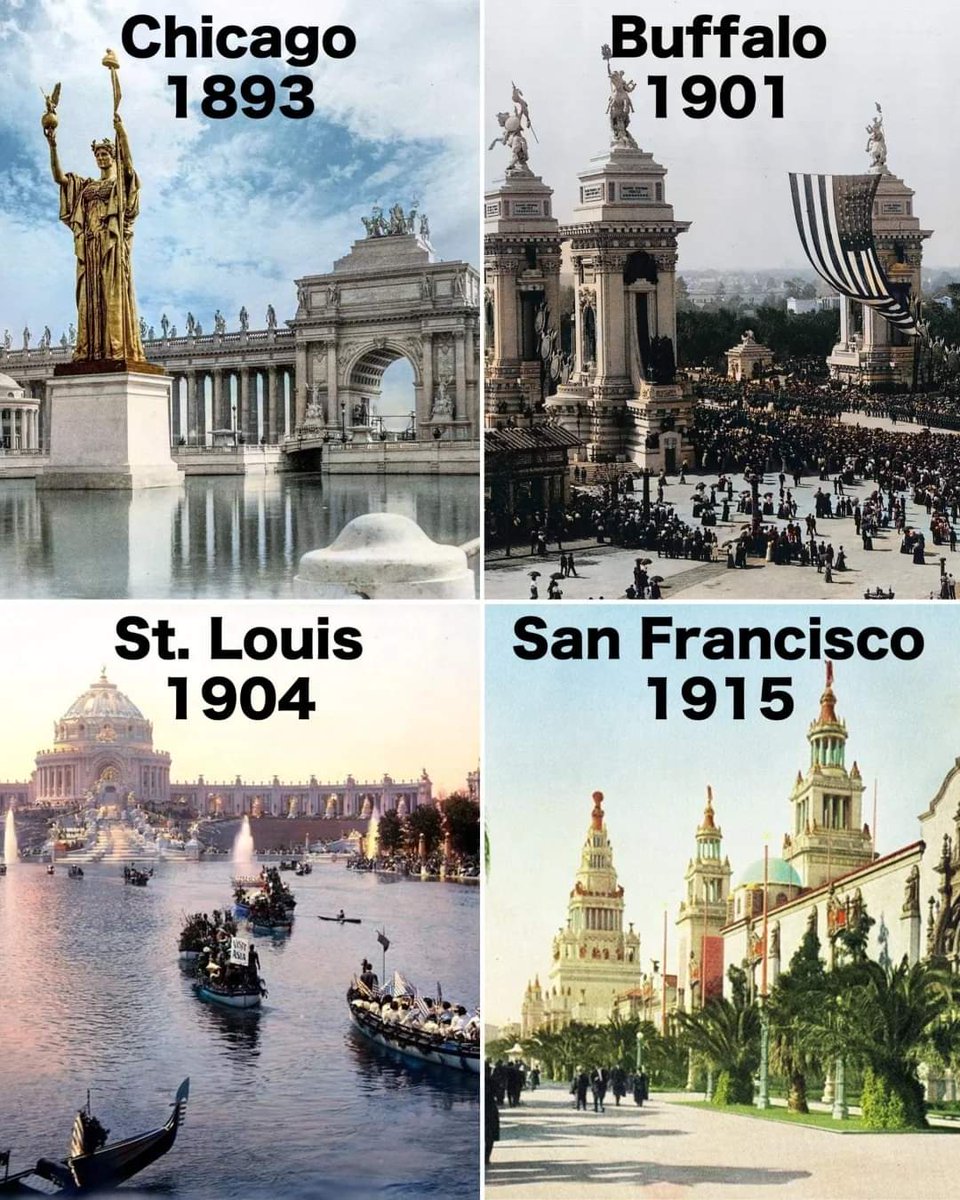

A Greek Gold Pair of Dragon Ear Ornaments (2nd Millennium BC), from Cypriot, Greece.
MET Museum
#drthehistories
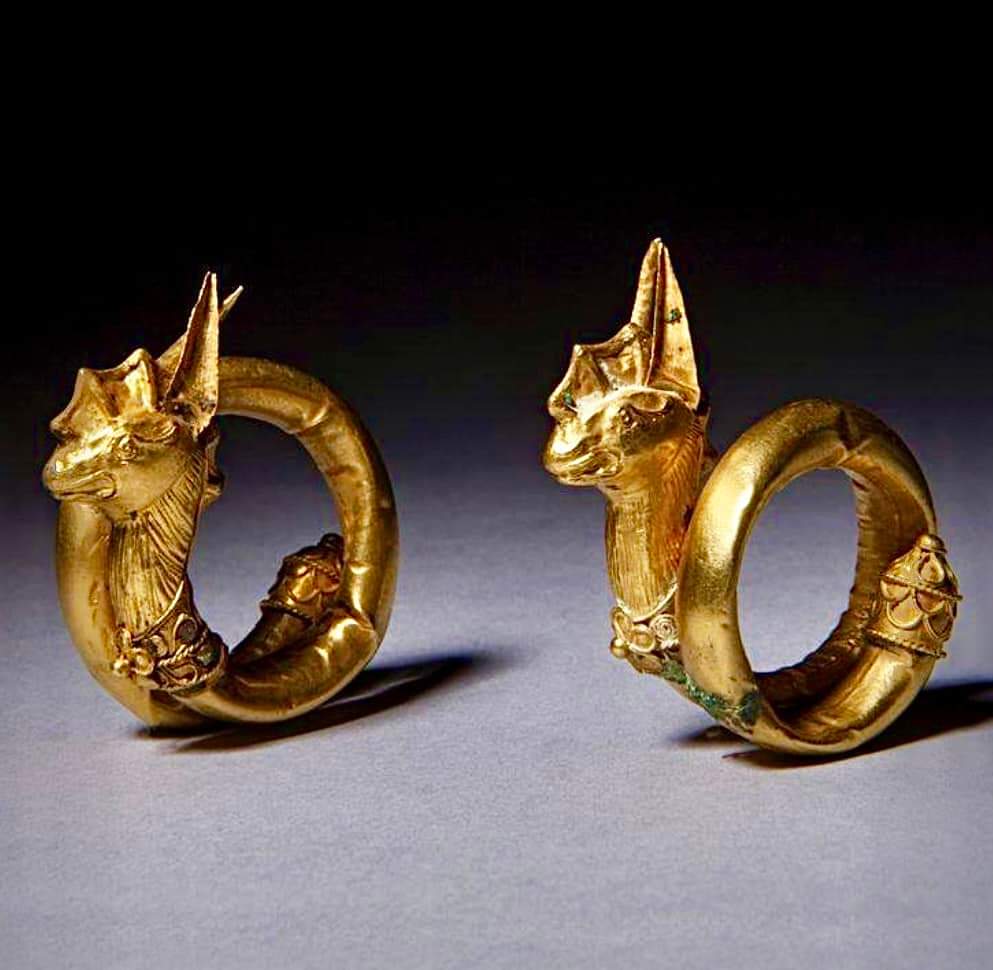

A 600 year-old medieval hat from Lappvattnet. The hat, which is made of felted sheep’s wool, was preserved in a bog. Now housed at the Västerbottens Museum in Sweden.
#drthehistories
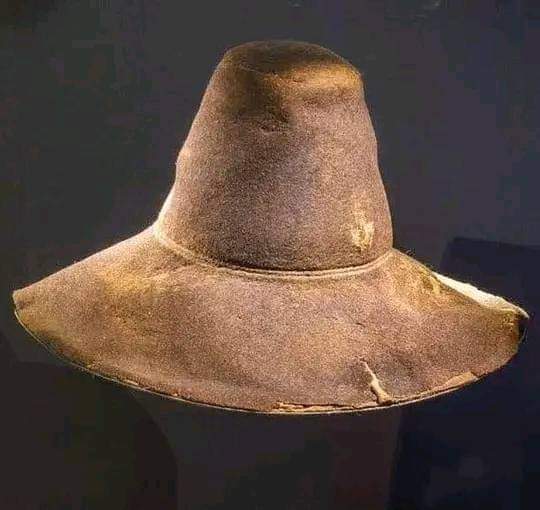

A tiny Etruscan Carnelian scarab (500-475 BC), depictions of the Trojan Horse with Greek warriors, Populonia.
MET Museum
#drthehistories
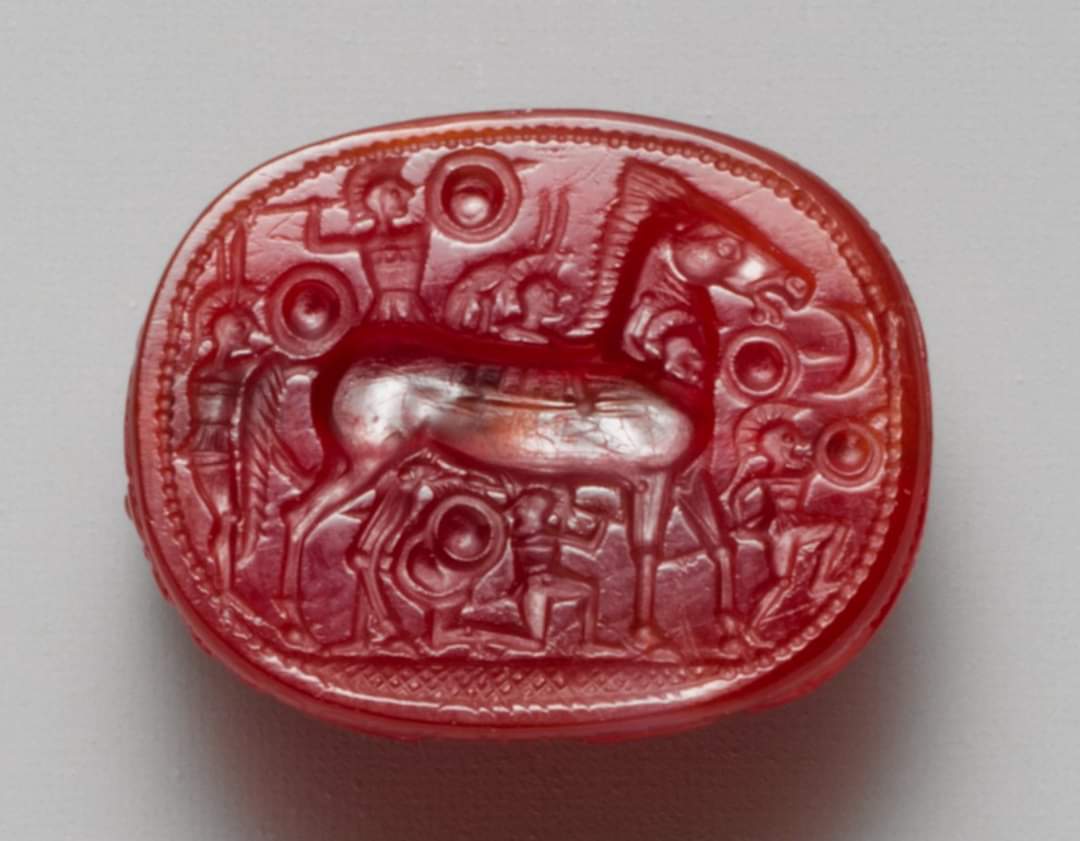

Roman Painted Glass Goblet (1st Century AD), depicting figures harvesting dates, found in Begram, Afghanistan.
National Museum of Afghanistan, Kabul
#drthehistories
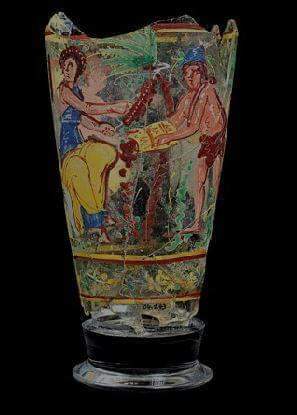

Roman Bronze Basin (1st Century AD), depicts sex scene in the inner circle, from Pompeii.
National Archaeological Museum, Naples
#drthehistories
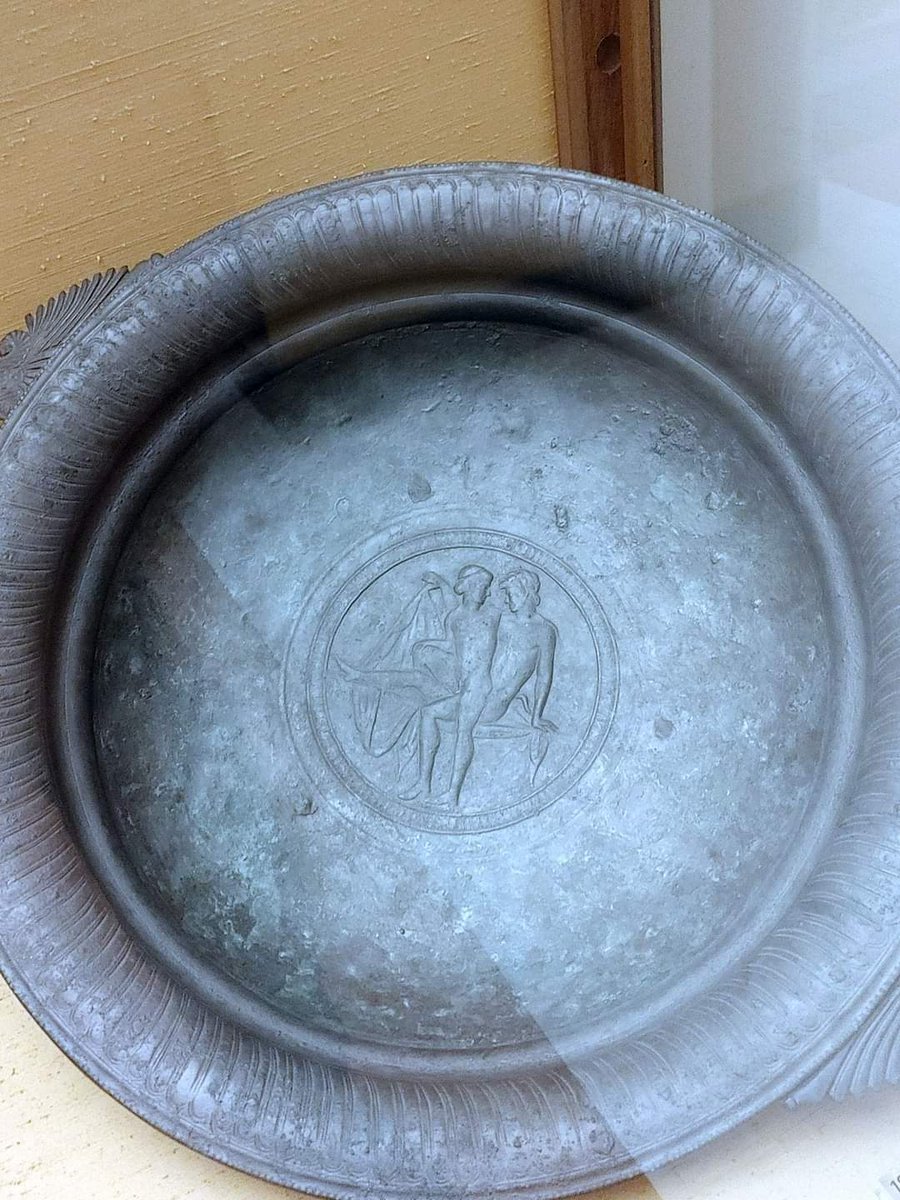

A reconstructed armour consisting of 6800 iron splints of five different types; all scale-shaped with straight long sides and pierced. From Cyprus, 6th century BC, now housed at the Medelhavsmuseet in Stockholm, Sweden.
#drthehistories
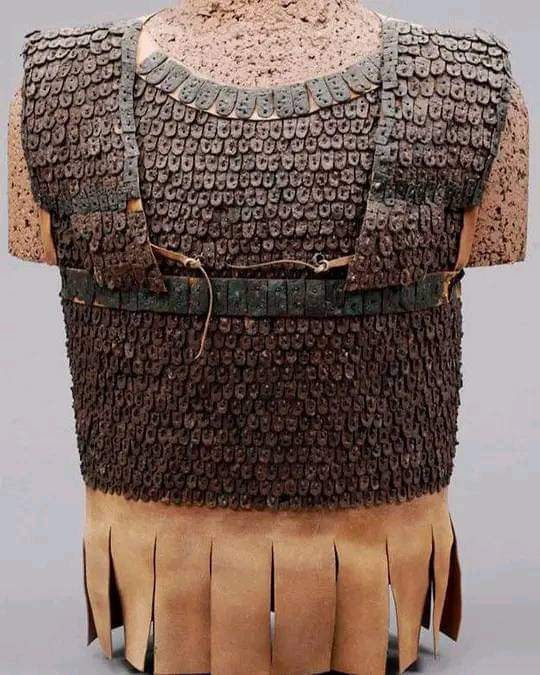

Symbols of the religions that lived and still live in Mardin, symbolizing love, tolerance and brotherhood, hung on the door at the entrance of Maridin Hotel in Mardin, Türkiye.
#drthehistories
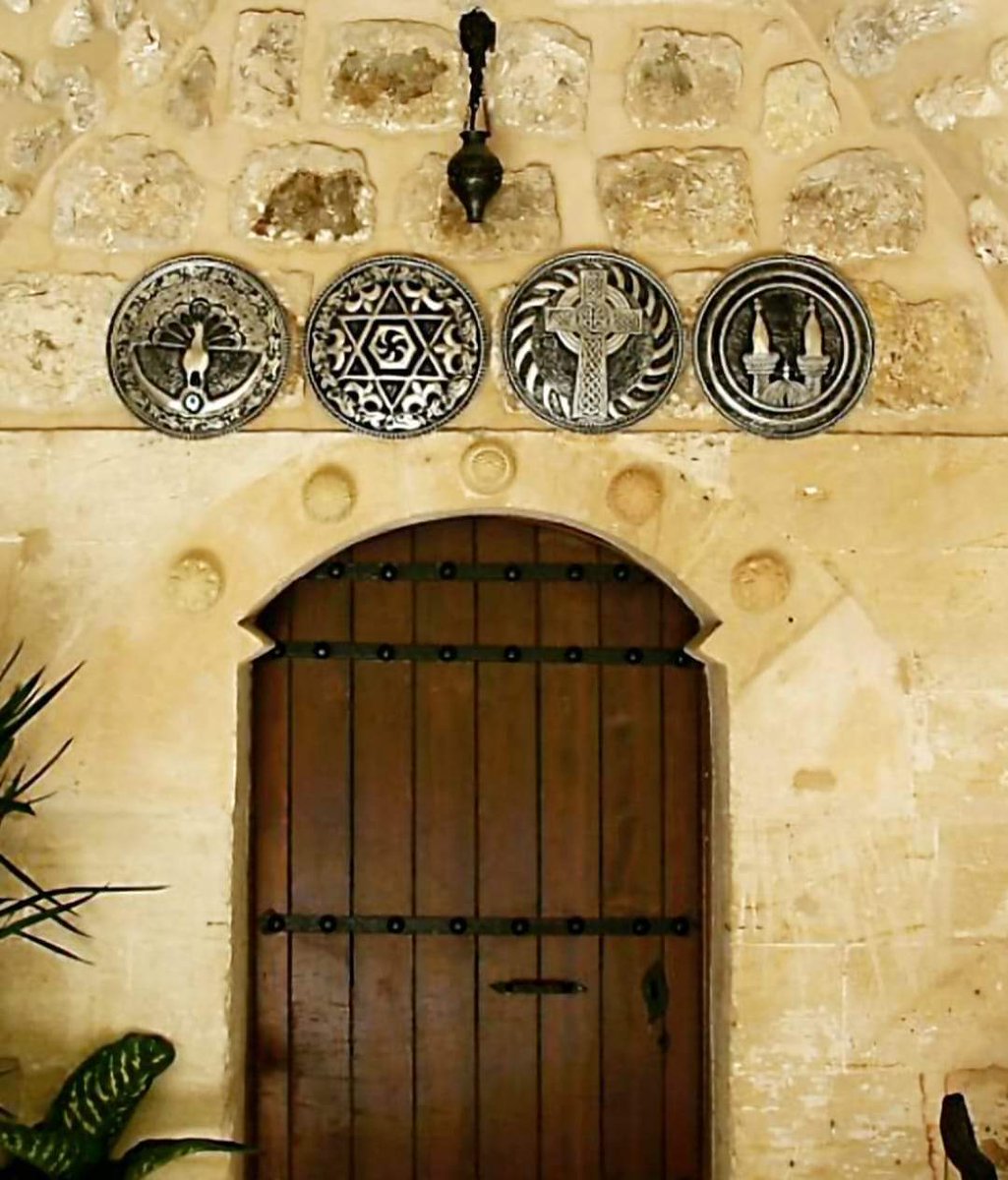

One of many unsuccessful attempts at producing a low-cost car for local transportation. This one is by Colt Motors Corp. of Boston, Massachusetts, offered with a 1 cylinder air-cooled engine for $995. Photo taken at an auto show, perhaps New York, 1958.
#drthehistories



The unbroken seal on King Tutankhamun's burial chamber door was discovered on November 4, 1922, by British archaeologist Howard Carter, where it remained untouched for over 3,000 years.
#drthehistories
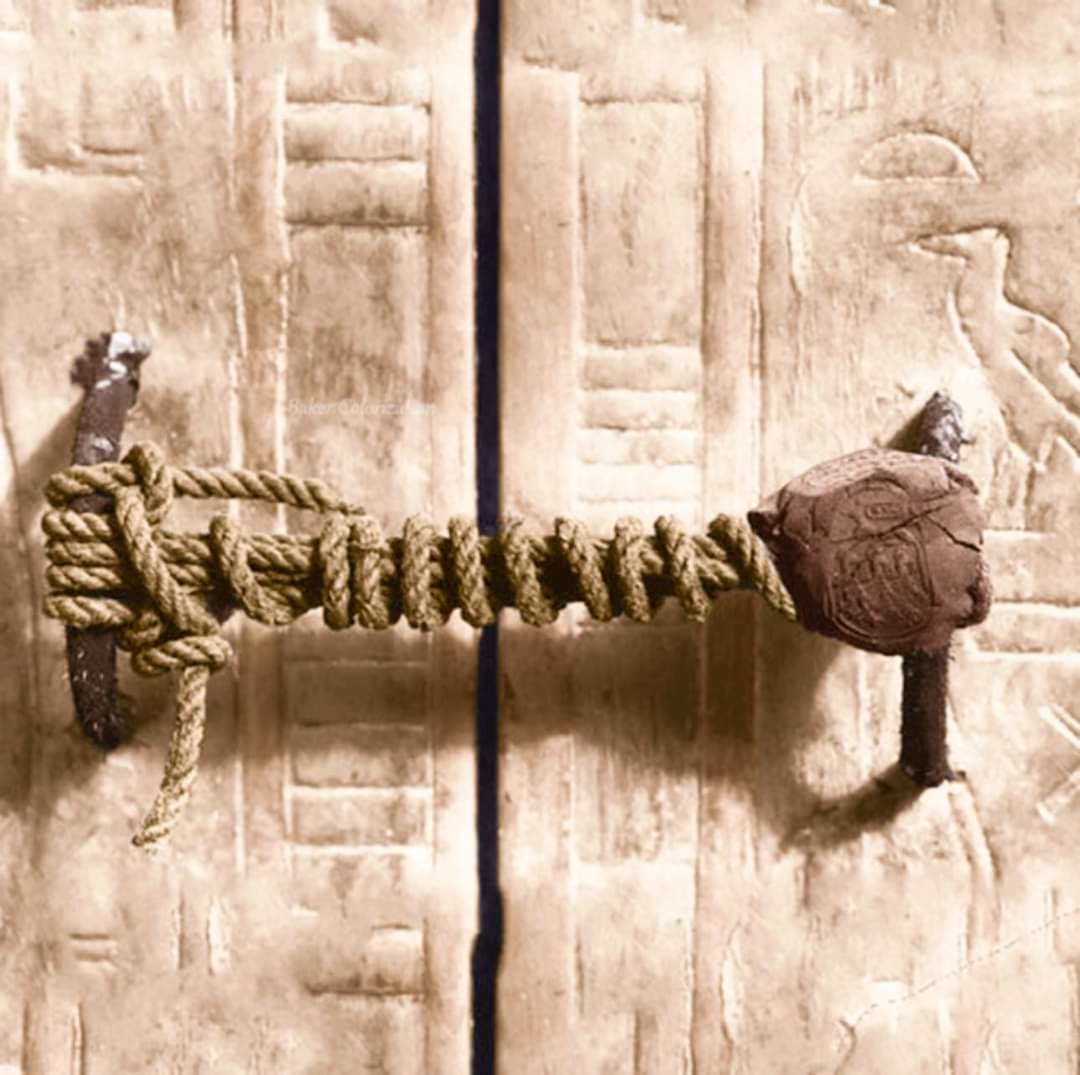

The 'Trier Gold Hoard' was the largest Roman gold hoard ever discovered. Comprising of 2,500 gold coins weighing 18.5 kg , the discovery was made during excavation works in 1993, nearly 1,800 years after it was hidden.
#drthehistories
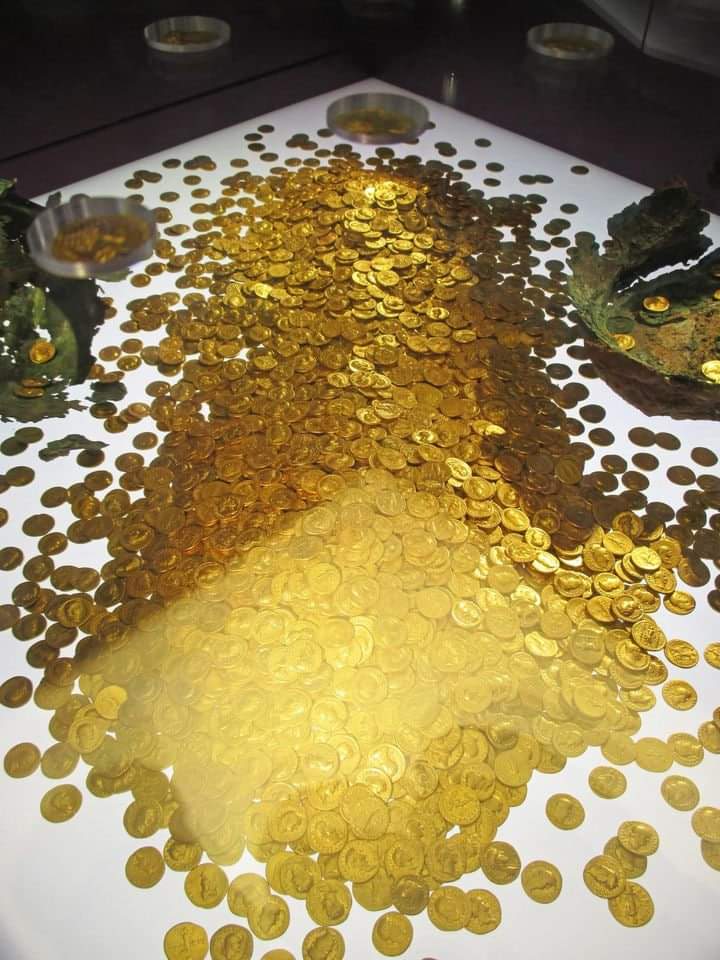

Aquamanile depicting Airstotle's girlfriend, Phyllis, riding him around the garden after Aristotle warned Alexander the Great about women.
Copper Alloy, South Lowlands, 14th-15th Century CE
Metropolitan Museum of Art, NY
#drthehistories
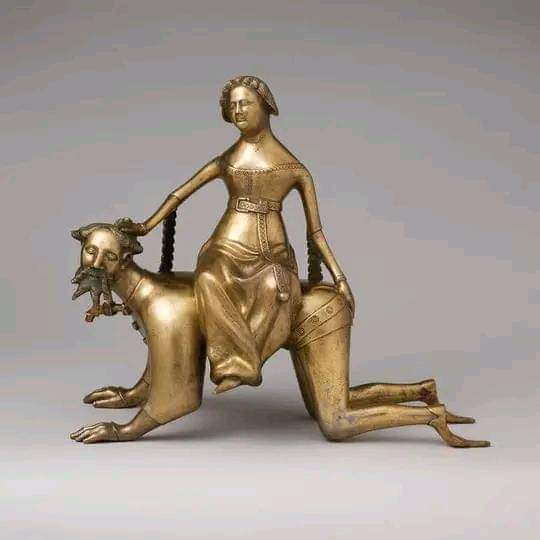

A crowded beach in Atlantic City, New Jersey, photographed in 1908.
Credit: sebcolorisation on Instagram
#drthehistories


People watching a television set for the first time at Waterloo station, London, 1936.
© Historic Photos
#drthehistories


Roman Baths (England) were built in 75 AD, during the reign of Emperor Vespasian, in the city then called Aquae Sulis.
In fact, in this region, since 10000 BC, thermal water appears to have emerged from the subsoil, which is still visible today.
#drthehistories
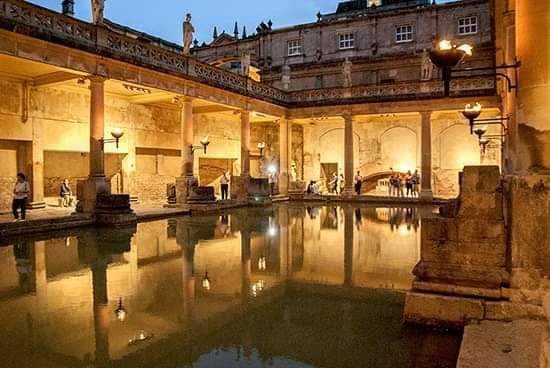

Hemba Zoomorphic Chimpanze Mask. Late 1800s, (26.5cm). The Hemba live in eastern Congo DRC, between the Congo river and Lake Tanganyka. By Laurent Vercheval - Own work, CC BY-SA 4.0,
© Simonetta Gatto
#drthehistories
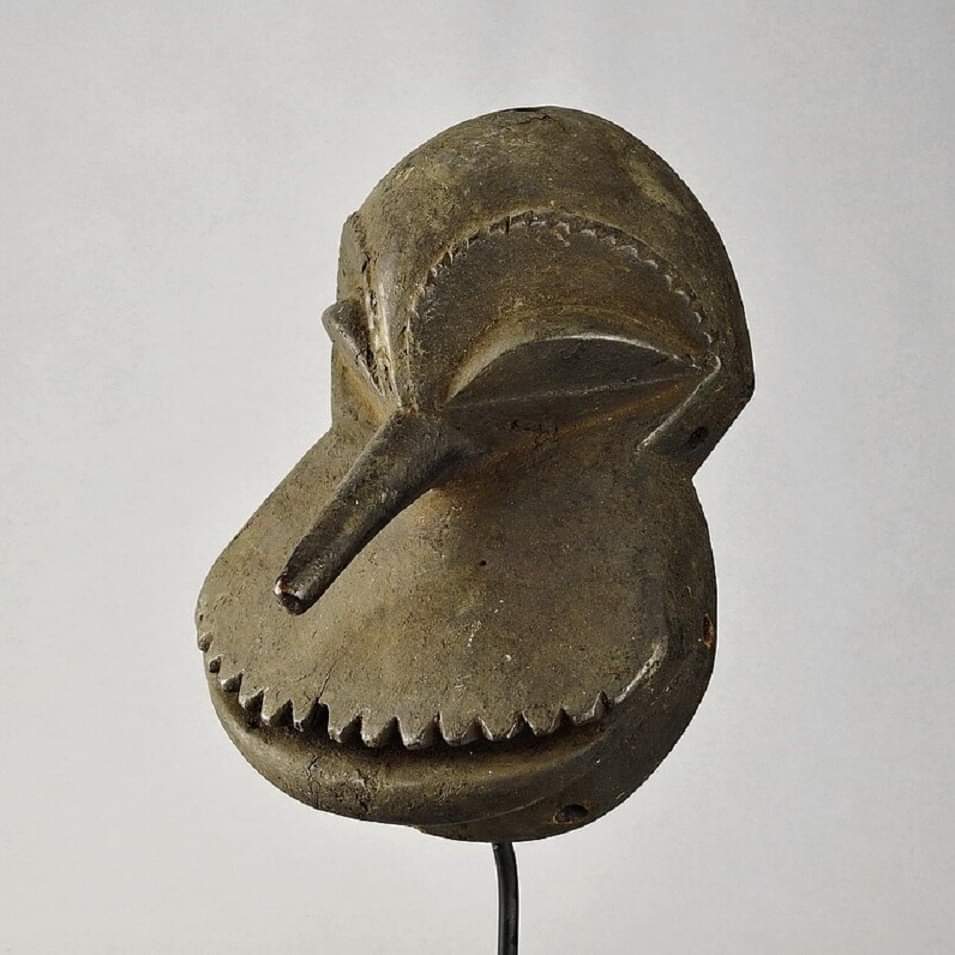

A 10th Century AD, Viking Silver Bracelet, discovered in the Orkney Islands, Scotland.
The National Museum of Scotland
#drthehistories
